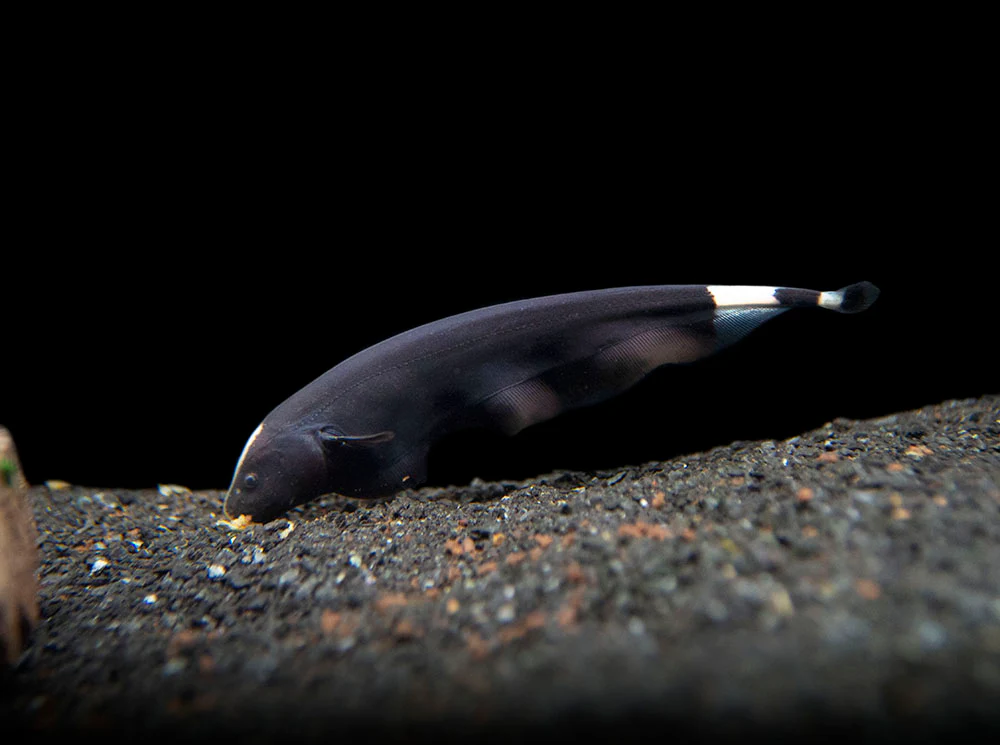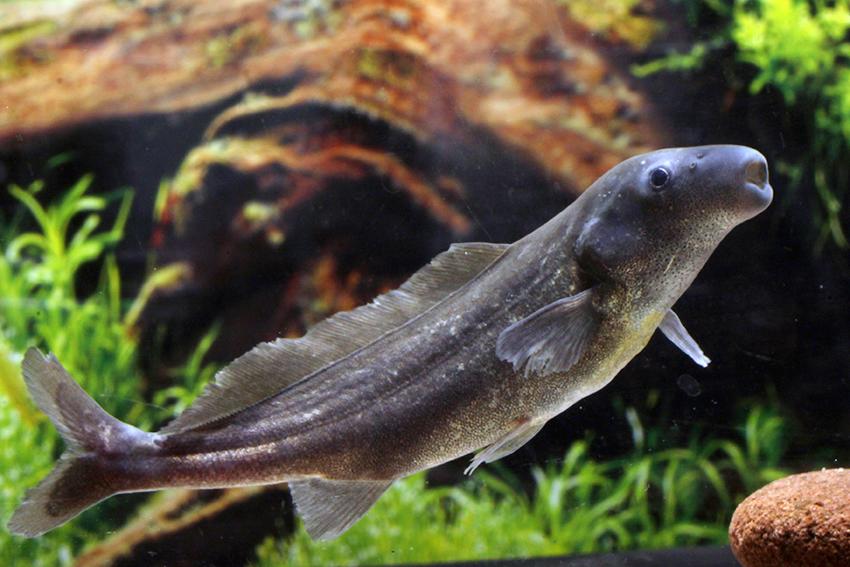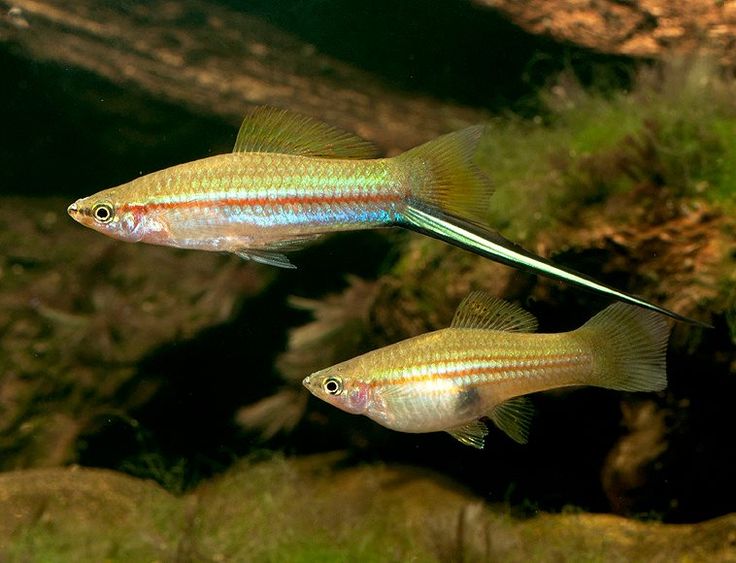Leopard Catfish ( Peckoltia vittata )
- Scientific Name: Peckoltia vittata
- Common Name: Leopard Catfish, Spotted Peckoltia
- Origin: Native to South America, specifically found in the Amazon River Basin in Brazil, Peru, and Colombia, where they are commonly found in slow-moving rivers and streams with rocky or sandy substrates.
- Size:
- Typically grows up to 4-5 inches (10-13 cm) in length.
- Coloration:
- The Leopard Catfish is known for its striking spotted pattern, with dark brown or black spots on a yellowish-brown or golden body.
- The spots are often irregular, creating a leopard-like appearance.
- The fish has a flat, broad head and large barbels around its mouth, which it uses to forage on the substrate.
- Tank Size: Minimum 30 gallons
- Water Temperature: 74-82°F (23-28°C)
- pH: 6.0-7.5
- Diet: Omnivorous; the Leopard Catfish is a bottom-feeder and will consume a variety of foods.
- They accept high-quality sinking pellets, flakes, live or frozen foods such as bloodworms, brine shrimp, daphnia, earthworms, and small crustaceans.
- They will also eat vegetables, such as blanched zucchini, spinach, and lettuce.
- Temperament: Generally peaceful and shy, the Leopard Catfish is a nocturnal species, often hiding during the day and becoming active at night.
- It is a gentle fish, though it may exhibit some territorial behavior when it feels crowded.
- Compatibility: Ideal for community tanks with other peaceful species.
- They can be kept with other bottom-dwelling fish like corydoras, smaller tetras, and robust species like cichlids, livebearers, and rainbowfish.
- Avoid keeping with overly aggressive or fin-nipping species.
- Breeding: Difficult to breed in captivity, and there are very few reports of breeding in aquariums. In the wild, they breed in fast-moving waters and are egg-layers.
- Care Tips:
- Provide a well-planted tank with lots of hiding spots such as rocks, driftwood, and caves where they can retreat to feel secure.
- The tank should have a soft substrate like sand or smooth gravel to avoid damaging their barbels.
- Regular water changes and good filtration are important, as Leopard Catfish are sensitive to poor water quality.
- Keep the water conditions slightly acidic to neutral and ensure stable temperatures.




Reviews
There are no reviews yet.